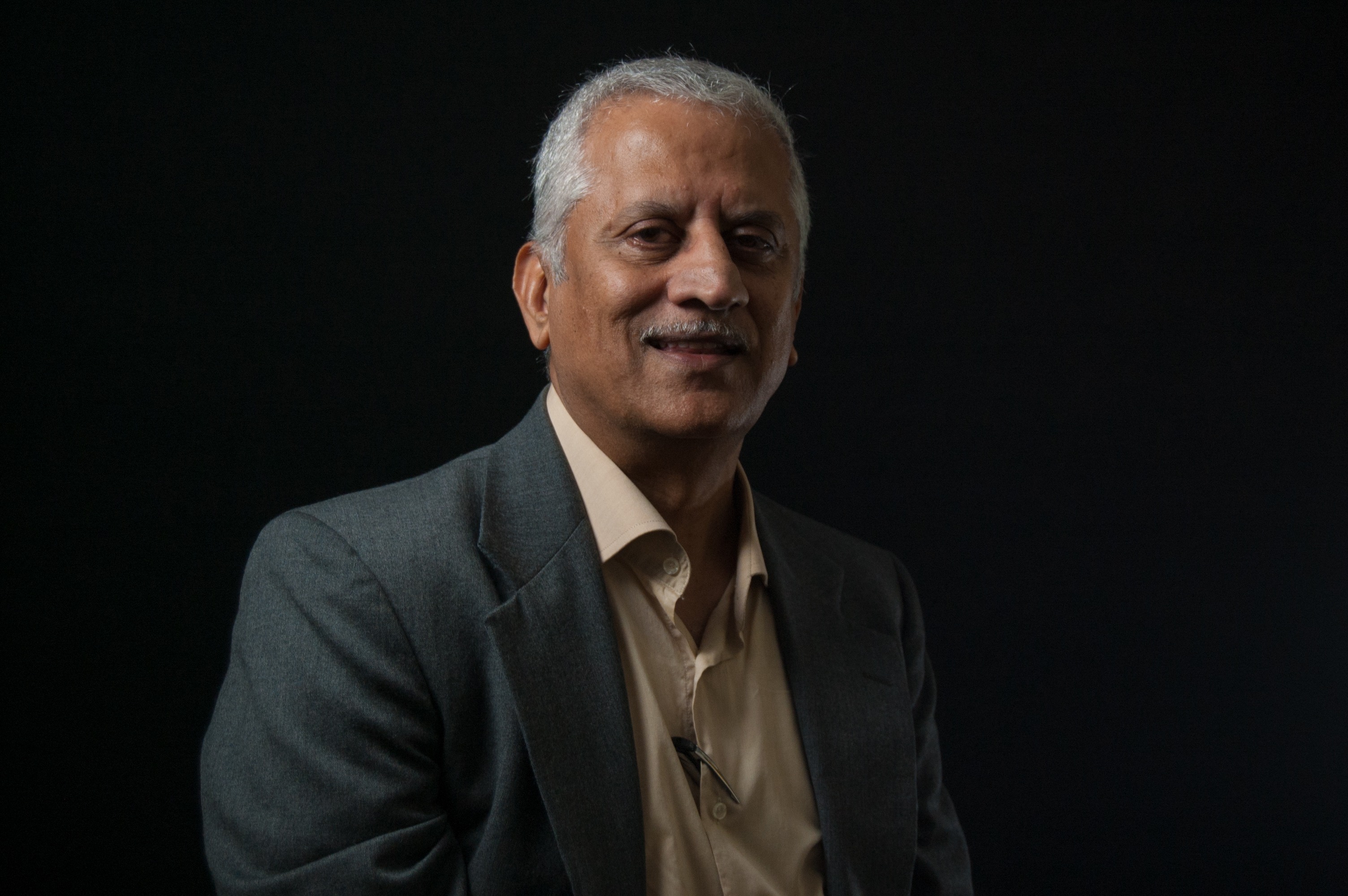
Ranganathan Kumar
Professor, CECS Associate Dean
Email: ranganathan.kumar@ucf.edu
Phone: 407-823-4389
Office: ENG II, Room 202
Office Hours: Tuesdays and Thursdays, 12-2 p.m.
- Biography
- Research
- Publications
- Awards
- News
Ranganathan Kumar serves as the associate dean for research and administration for the College of Engineering and Computer Science at UCF. He received his Ph.D. in theoretical and applied mechanics at the University of Illinois at Urbana-Champaign in 1983, and his M.S. in aerospace engineering in 1978. He has had previous experiences at Clemson University (1983-1993) and Knolls Atomic Power Laboratory (1993-2003). He joined UCF as chair of the Department of Mechanical, Materials and Aerospace Engineering in 2003 and served in that capacity until 2008.
He has supervised/graduated nearly 50 graduate students including 20 Ph.D. students. He has written over 200 technical articles of archival quality. His research has been highly cited and funded by the National Science Foundation, NASA, the Department of Energy, the Air Force Research Laboratory, the State of Florida and industries.
He is a fellow of the American Society of Mechanical Engineering. He has chaired ASME committees on heat transfer in environmental systems, and long range planning and development. He is a reviewer for several journals, and a panel member for proposal evaluation at the National Science Foundation, the Department of Energy and the American Association of Advancement in Science. He currently serves as an associate editor of ASME Journal of Thermal Sciences and Engineering Applications, and also as editorial board member of a nature publication, Scientific Reports.
Education:
- Ph.D. in Theoretical and Applied Mechanics, Uniersity of Illinois at Urbana-Champaign
- M.S. in Aerospace Engineering, Georgia Institute of Technology
- Microfluids/nanofluids
- Optical flow diagnostics
- Droplet manipulation for various applications
- Boiling heat transfer
His research is diversified and he conducts research using both experimental and computational techniques.
- Haghshenas, J.A. Wilson and R. Kumar, “Phase-change mechanism for evaporation in porous media using Volume of Fluid: Implicit formulation of interfacial temperature,” Int. Comm. Heat and Mass Transfer, 103, pp. 90-99, 2019.
- Castillo-Orozco, A. Kar, & R. Kumar, “Laser-induced subwavelength structures by microdroplet superlens,” Optics Express, 27, Issue 6, pp. 8130-8142, 2019.
- Haghshenas, J.A. Wilson and R. Kumar, “Algebraic coupled level set-volume of fluid method for surface tension dominant two-phase flow,” Int. J. Multiphase Flow, 90, pp. 13-28, 2017.
- Castillo-Orozco, A. Kar, & R. Kumar, “Electrospray mode transition of microdroplets with semiconductor nanoparticle suspension,” Scientific Reports, 7, 5144, 2017.
- Davanlou and R. Kumar, “Thermally induced collision of droplets in an immiscible outer fluid,” Scientific Reports, 5, Article # 9531, 2015.
- D. Wehking and R. Kumar, “Droplet actuation in an electrified microfluidic network,” Lab Chip, 15(3), pp. 793-801, 2015.
- A. Castillo, A. Davanlou, P. K. Choudhury and R. Kumar, “Droplet Impact on Deep Liquid Pools: Formation of Rayleigh Jet and Daughter Droplets,” Physical Review E, 92, 053022, 2015.
- Davanlou and R. Kumar, “Counter-current motion of a droplet levitated on a liquid film undergoing Marangoni convection,” Int. J Heat Mass Transfer, 89, pp. 345-352, 2015.
- Miglani, S. Basu and R. Kumar, “Suppression of instabilities in burning droplets using preferential acoustic perturbations,” Combustion and Flame, 161(12), pp. 3181-3190, 2014.
- Miglani, S. Basu and R. Kumar, “Insight into Instabilities in burning droplets,” Physics of Fluids, 26, 032101, 2014.
- UCF Pegasus Professor, 2011